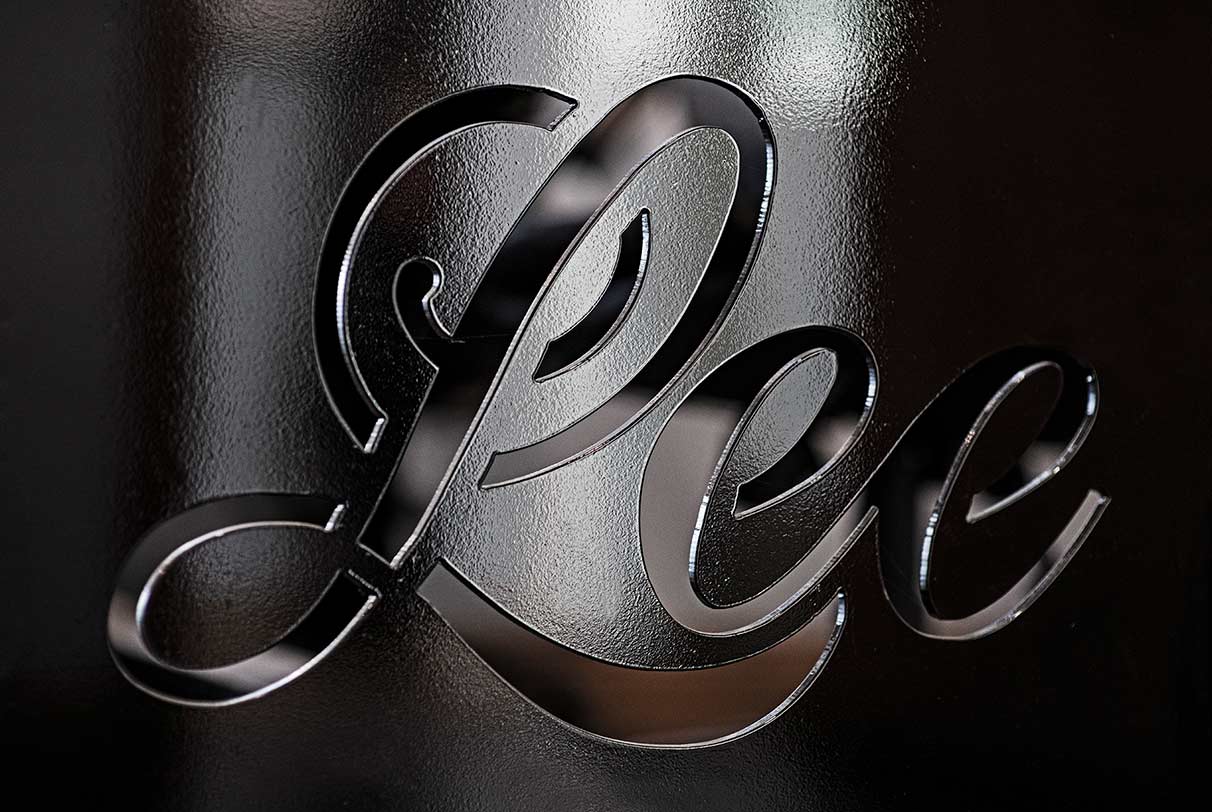
Authors: Michael Hahn and John Causbie
Industrial contracting clients are frequently faced with projects that challenge their budgets and ongoing operations. At Lee Industrial Contracting, we meet those challenges every day by applying value engineering (VE) principles and processes from beginning to end on almost every project we undertake.
Sales Director, Michael Hahn, and Senior Manager of Operations, John Causbie, talk about the role of VE at Lee.
Mike: Value engineering isn’t new; it came about in response to a shortage of materials during World War II, not unlike the shortages we’re dealing with today. The process seeks to either improve the function of a project while reducing costs by substituting materials or changing the way something is constructed. In a best case situation, both of these happen.
The process keeps all the people at Lee thinking about how they can work closely with customers to meet their goals. Often, a customer’s budget doesn’t quite cover what they want to do, so we use value engineering to meet their needs while improving the outcome and reducing costs.
John: Right. We had one customer that needed a common press pit for four new presses. But with the repairs and pit and everything else that needed to be done, it was just too much for their budget. So, we put pen to paper and found ways to meet their needs while lowering their costs and sticking to their timeline.
Mike: Yeah, at the time, being both under budget and under time meant the world to them.
Why is it important to apply VE to a project at the beginning in order to realize the full benefits of the process?
Mike: While it’s very important to understand the customer’s requirements, we need to be thinking in parallel paths of VE options from the beginning. Thinking like that can often change the entire quoting process.
John: We’ve got a lot of experience and often see a customer with a situation they haven’t dealt with, such as too much machine and too little room; we’ve seen it before and can bring Lee’s knowledge and experience into play. Applying VE at the start is especially important when the customer isn’t sure what they want to do. In those situations, we help make sure they have the best possible design.
Mike: On one project, we were doing a pit for a stamping press where the building wasn’t tall enough. Competitors had proposed demolishing the entire building just to get enough roof clearance for a new machine.
Through our VE process and in-house capabilities, we were able to do a partial roof raise on a portion of the roof, which created the space needed for the new machine, without doing a complete demo. That allowed the customer to continue many of their normal operations while we were performing the work. Timing was essential and we did it in a fraction of the time it would have taken with a complete demolition. Partial roof raising isn’t something every industrial contracting firm can do, but it’s one of our specialties at Lee.
John: For years, Lee’s mantra has been to value engineer everything. Now, we’ve had customers that weren’t really open to the process, but we’ve been able to show them similar projects, and it’s been a great source of satisfaction when those customers say “wow, we never thought about doing it that way.”
How do Lee’s single-source, self-performing capabilities benefit VE projects?
Mike: Having all trades within our company is a benefit because we all work closely with each other to come up with the best VE ideas. That helps customers in a lot of different ways, such as timing, reducing the impact on ongoing operations, and of course, helping reduce the overall project cost.
Our internal account managers work closely with our customers to understand their overall goals for each project. Our team brings that knowledge back to our internal departments where we work together to create the best value possible on each project.
John: Because of our value engineering track record and expertise, many of our repeat customers have come to expect it. So, they just give us a loose spec or say “this is what we want at the end; you guys design it through.” And with our VE process, once presented, they say they are so glad Lee was involved and how they now have a much better product.
Mike: I think the satisfaction both we and our customers experience from VE projects is what makes it so worthwhile. It’s good when we can go in with a great concept and proposal and hear the customer at the end say, “wow, this is just a great project; we are so glad we chose Lee”.


